The greedy zebra butterfly's protein-rich diet of pollen is fuelling its remarkably long lifespan.
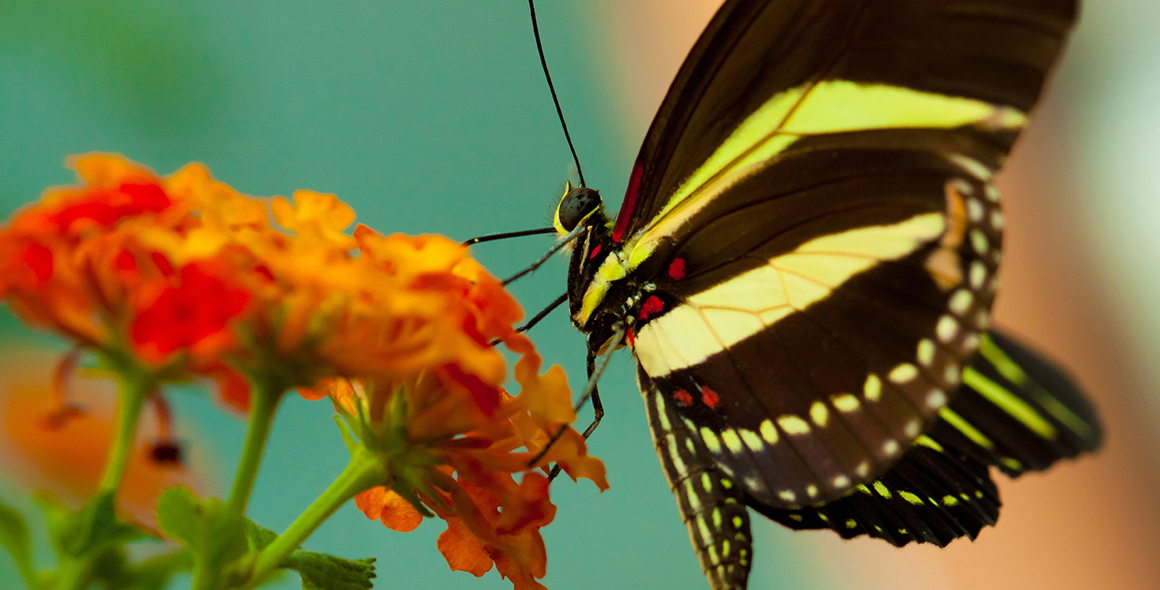
The zebra longwing, Heliconius charithonia, feasts on both pollen and nectar © trancedrumer/Shutterstock.com
A taste for pollen is rare in the butterfly world - most species rely on sugar-laden nectar or fruit to provide the energy they need.
But the zebra butterfly has been spotted returning to the same plants day after day to eat pollen. And its habit of eating larger meals has resulted in a lifespan of up to six months, compared with just a few weeks for most species.
The Central American guzzler is usually one of the stars of the Museum's Sensational Butterflies exhibition, a gathering of live butterflies in a tropical house.
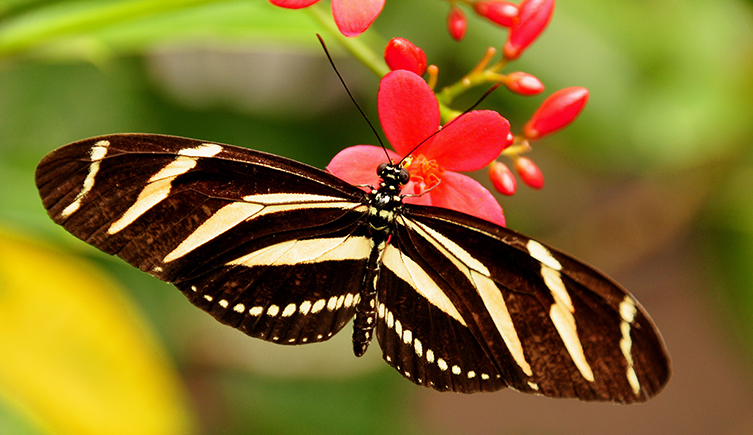
Zebra butterflies enjoy a protein-rich diet © Doug Schnurr/Shutterstock.com
Expert Luke Brown, who manages the house, says, 'The zebra butterfly has always been my favourite, because it is the first tropical butterfly I bred when I was about eight. I had a colony of them for many years at home.
'I try to include them in every exhibition that I work on, and they fly very well.'
Why pollen?
Butterflies usually feed on the sweet nectar inside flowers, only accidentally gathering pollen on their bodies as they roam.
The sticky pollen, produced by the male reproductive organs of plants, is something most butterfly species do not bother eating.
The zebra is one of the only butterflies known to consume the stuff, which it digests by dissolving the grains with saliva.
Pollen contains much more protein than can be found in normal butterfly diets. The extra nutrients allow zebra butterflies to lay more eggs and survive far longer than other species, which generally die after two to four weeks.
A deadly diet
Zebra butterflies have long memories, and are able to remember where food sources are, returning to where they have fed previously.
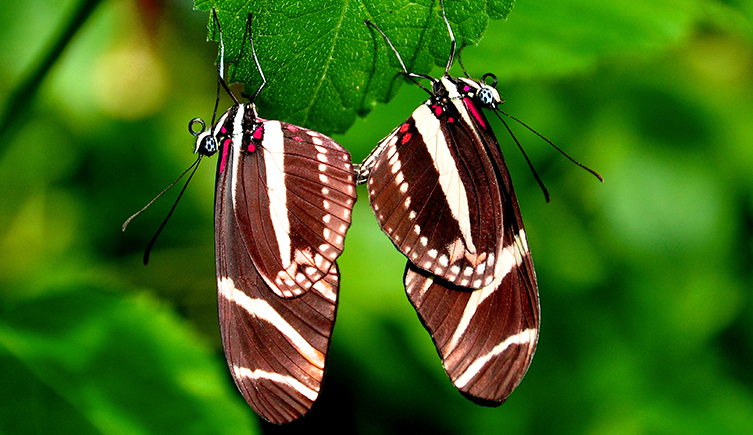
Zebra butterflies are a social species, roosting together in groups © Doug Schnurr/Shutterstock.com
As caterpillars, a favourite meal is the leaf of the toxic passion flower, making them - and the adult butterflies - a deadly snack for predators.
The caterpillars can absorb the toxic compounds in the flower without coming to any harm, but larger animals are poisoned if they eat either caterpillar or butterfly.
These poisons are advertised by the white or yellow stripes and spots on the adults' wings and body.
Luke says, 'They are a beautiful species. It's an amazing sight when the numbers of adult butterflies increase in the exhibition, and you see 30 or more of them cozying up together.'
A social species
Another unusual habit of the zebra butterfly is its love of roosting in large groups.
These groups may range from a few individuals to 25 or 30 butterflies in the wild, where they live in humid tropical and subtropical environments.
The butterflies return to the same spot to settle down for the night. Groups have a social hierarchy that allows the oldest butterflies to pick the best sleeping spots before the others bed down around them.
Elders of the group also give the younger ones a nudge to get going in the mornings.
Luke says, 'The zebras start to gather at their chosen roosting site in the early evening. There will often be several roosting sites, but over a period of time one will become more dominant and butterflies from other areas will join the bigger roost.'

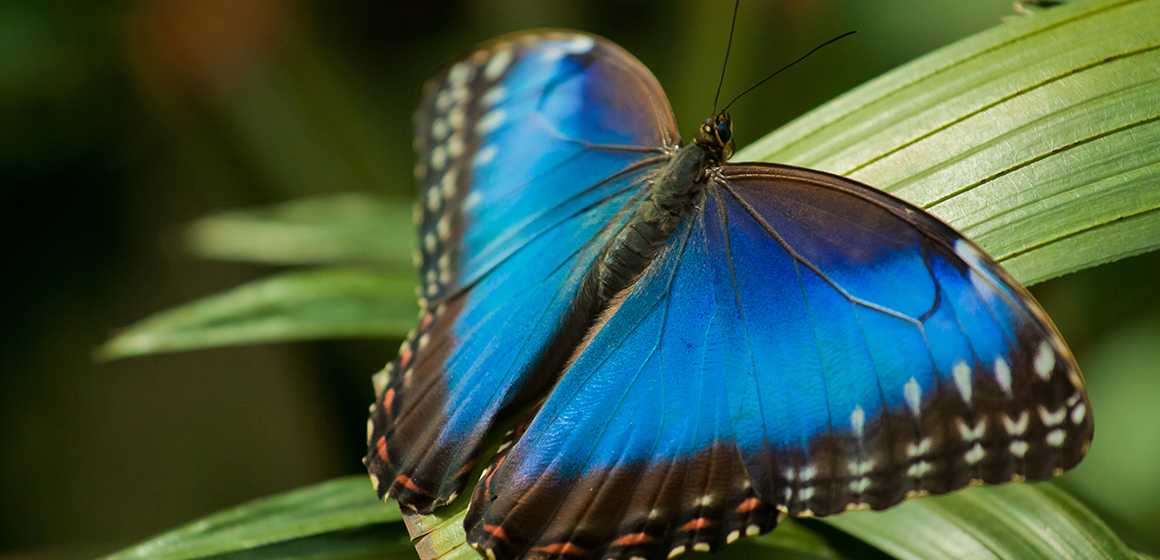
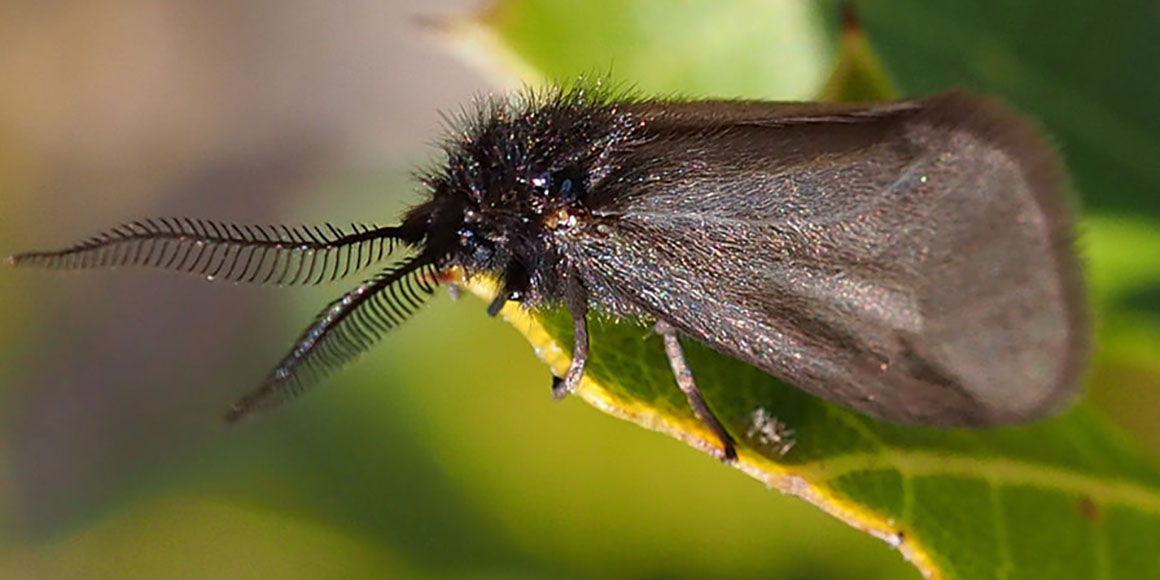

Don't miss a thing
Receive email updates about our news, science, exhibitions, events, products, services and fundraising activities. We may occasionally include third-party content from our corporate partners and other museums. We will not share your personal details with these third parties. You must be over the age of 13. Privacy notice.
Follow us on social media